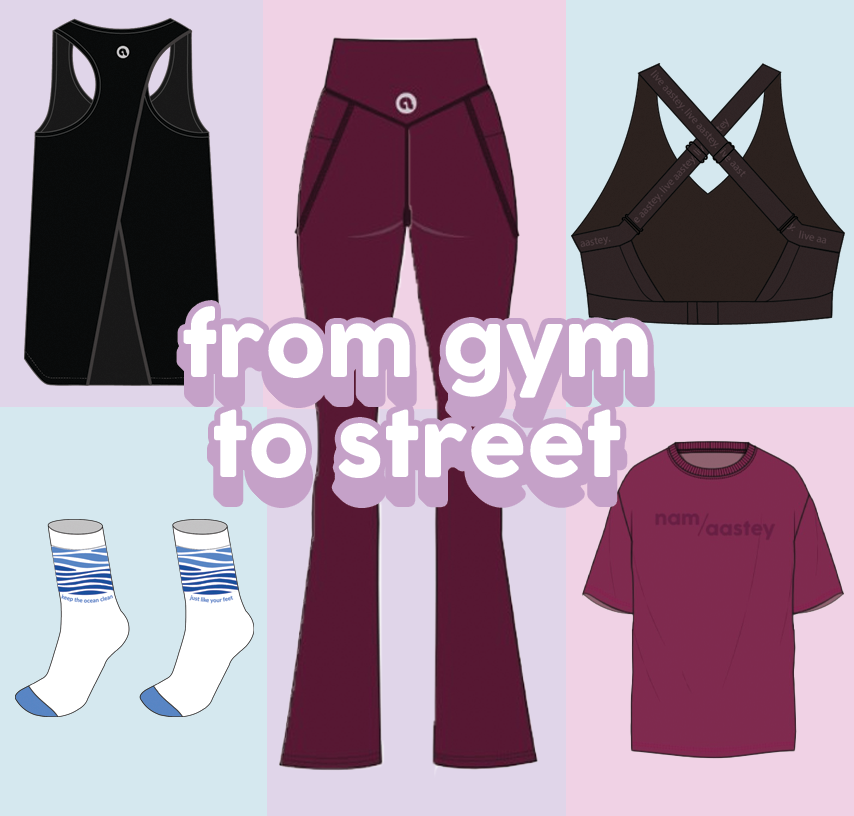happy chocolate day tribe!
for some of us sweet tooths out there, chocolate is the stuff to die for. we know how big chocolate is for celebrating your perfect valentine’s. however, nothing that good ever comes without a price so let’s take a deep dive into some of the issues connected to the chocolate industry.

how is chocolate sourced?
the path to source the silky rich yummy chocolaty heaven that we love so much is not a very sustainable one. the industry is linked to deforestation, slavery, low wages, and child labour.
hard to believe? well, chocolate is mainly produced from the seeds of the fruit found in cocoa trees. According to research, in most parts where cocoa is grown, farmers struggle with extreme poverty, and more than 2.1 million children work in these farms. Also, palm oil and soy which are the two most common ingredients in chocolate are big contributors to global deforestation.
cocoa farmers are paid very less for their crops which is making them cut more trees to grow cocoa so that the increase in the product would allow them to live a decent life.
what is sustainable chocolate?

we have said this before, being sustainable is not just about buying eco-friendly products but also how these products are being sourced. we have to value human life just as much we value our planet. so, the first thing that the chocolate industry needs to do is create a transparent supply chain and ensure that all labour laws are followed including fair wages. cutting down in environmental impact should be a no-brainer at this point.
sustainable chocolate is also much better in quality and doesn’t contain diluting additives like palm oil.
so, what can you do and how can you make sure that the delicious chocolates you are enjoying were sourced ethically and sustainably?
the first step, as we have always said, is to know more about the product you are buying. as a first step, you can start by checking the label of your chocolate brand. now, be careful here. we have talked about greenwashing before so make sure any sustainable certifications on the product are from a third party who has actually taken the time to inspect the organization in question.
some of the most common certifications you can trust are Fairtrade, rainforest alliance, and UTZ certifications. You need a third party for these certifications.

but the problem doesn’t end here. experts say that only a quarter of all cocoa is certified and these certifications do not really help in resolving issues of the poor farmers. one way to make sure that the farmers are getting more is to opt for dark chocolate. dark chocolate has a higher content of cocoa so farmers are paid roughly double than for milk chocolate.
the third option is to go for direct trade or find a vendor who has a direct relationship with the cocoa farmers. they can also call themselves “bean-to-bar”, i.e., being involved in the whole process – from sourcing to the finished product.

































